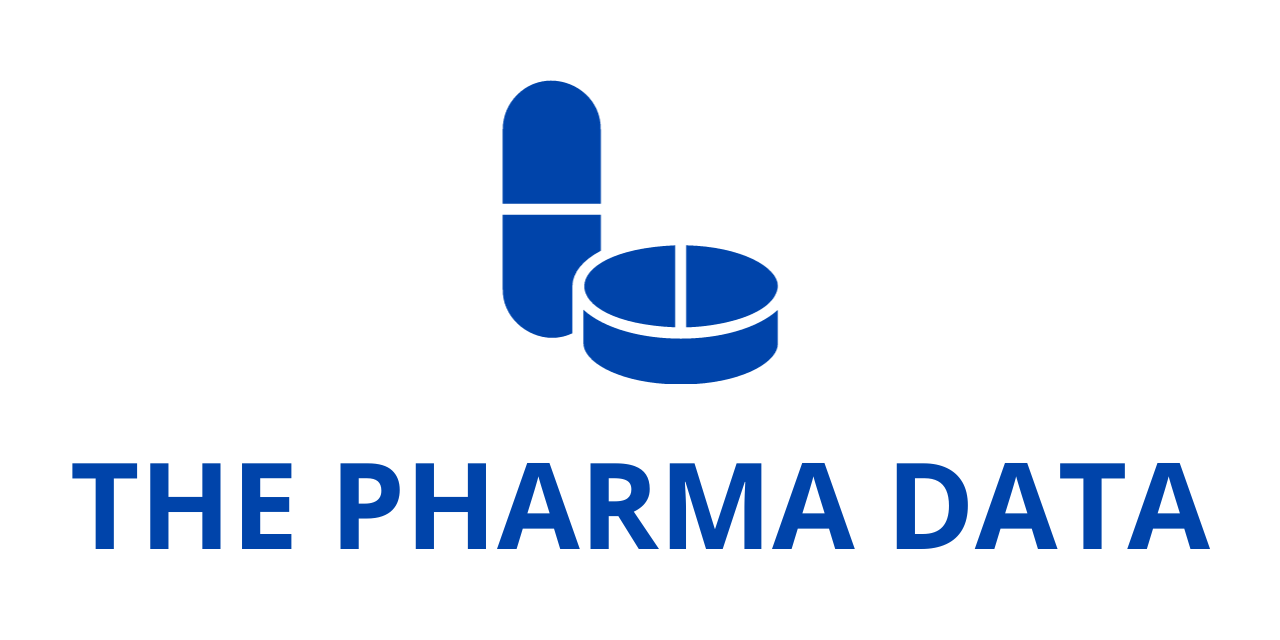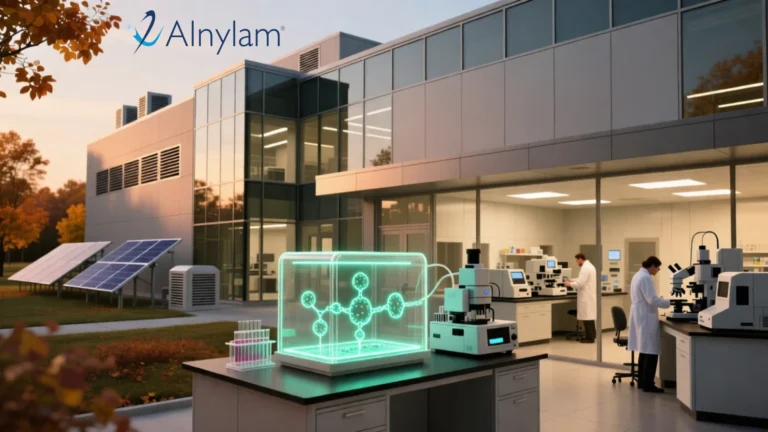
$23.3Bn Antibody-Drug Conjugate Market Trends & Forecasts, 2035: 530+ Therapies, 140+ Developers
The antibody-drug conjugate (ADC) market is poised for significant growth, with projections indicating an increase from USD 7.72 billion in the current year to USD 23.3 billion by 2035, reflecting a compound annual growth rate (CAGR) of 9.63%. This expansion is driven by advances in pharmacokinetics, pharmacodynamics, and antibody engineering, which have enhanced the therapeutic potential of ADCs for treating solid tumors and hematological malignancies.
As of now, over 280 ADCs have either received regulatory approval or are undergoing clinical evaluation. Additionally, more than 250 candidates are in early development stages, showcasing the increasing interest and investment in this field. Among the ADCs that have received approval from the U.S. Food and Drug Administration (USFDA) are Zynlonta, Akalux, and Aidixi.
ADCs have proven to be a promising therapeutic approach, enabling selective elimination of tumor cells while minimizing off-target toxicity. Several clinical trials have demonstrated the superior therapeutic efficacy of ADCs over Antibody traditional cancer treatment methods. With the rising incidence of cancer and the growing demand for innovative treatment Antibody options, the ADC market is expected to expand significantly. Driven by technological advancements, funding opportunities, and promising clinical trial results, the ADC industry is set to witness substantial growth over the next decade.
Key Market Segments
Breast Cancer to Lead the ADC Market
Based on target disease indications, the ADC market is categorized into several segments, including breast cancer, B-cell lymphoma, lung cancer, multiple myeloma, acute lymphoblastic leukemia, gastric cancer, renal cancer, cervical cancer, and other conditions. Breast cancer currently dominates the market due to the number of ADCs approved for Antibody this indication. As more ADCs receive regulatory approvals, this segment is expected to maintain its leading position.
Solid Tumors Hold the Largest Market Share
The ADC market is also classified based on therapeutic areas into hematological cancers and solid tumors. Currently, ADCs for solid tumors account for the largest market share, with projections indicating further growth at a higher CAGR in the coming years. The efficacy of ADCs in targeting solid tumors has contributed to their increasing adoption in cancer therapy.
Maleimidocaproyl Linkers Witness Rapid Growth
The market for ADCs is also segmented based on linker type. The key linker categories include valine-citrulline, succinimidyl-4-(n-maleimidomethyl) cyclohexane-1-carboxylate, tetrapeptide-based linkers, maleimidocaproyl, valine-alanine, hydrazone (4-(4-acetylphenoxy) butanoic acid (acbut)), and other linkers. Currently, the market is dominated by valine-citrulline linkers, but maleimidocaproyl linkers are expected to experience the fastest growth rate during the forecast period.
Monomethyl Auristatin E (MMAE) Payload Leads Market Growth
ADCs are further categorized based on payload type, including Monomethyl Auristatin E (MMAE), DM1, Duocarmycin, SN-38 / Irinotecan, Monomethyl Auristatin F, SG3199, Ozogamicin, DM4, and others. Among these, MMAE payloads are anticipated Antibody to drive market growth, followed closely by DM1. This trend is expected to persist over the long term, given the proven efficacy of these payloads in targeted cancer therapy.
HER-2 (ERBB2) Antigen Remains a Dominant Target

Target antigens play a crucial role in ADCs, with the market segmented into HER-2 (ERBB2), CD79b, Trop-2, BCMA (TNFRSF17 / BCM), CD19, CD22, tissue factor, CD30, CEACAM5, Nectin 4, and others. The HER-2 (ERBB2) antigen Antibody currently holds the largest market share, followed by CD79b and Trop-2 antigens. ADCs targeting the tissue factor antigen are expected to experience the highest growth rate over the forecast period.
Geographical Market Distribution
North America Maintains Market Leadership
The ADC market is geographically segmented into North America, Europe, and Asia-Pacific. North America currently holds the largest share, driven by strong research and development activities and the presence of major Antibody pharmaceutical companies. Europe follows closely, while Asia-Pacific is expected to experience the highest CAGR in the coming years due Antibody to increasing investments and emerging biopharmaceutical players in the region.
Key Market Insights
- The ADC landscape has grown significantly, with more than 530 ADC therapy programs being evaluated by over 140 drug developers globally.
- Nearly 47% of ADCs are in discovery or preclinical stages, with around 160 ADCs utilizing auristatin and maytansinoid payloads.
- Pharmaceutical companies are increasingly focusing on novel targets to enhance the therapeutic potential of ADCs.
- Since 2010, more than 560 clinical trials have been registered to assess the safety and efficacy of various ADCs, with a significant portion conducted in the United States.
- Approximately 190 ADCs have been studied in combination with other therapeutic modalities for cancer treatment.
- Investor interest in ADCs remains strong, with over USD 30 billion in funding received in the last decade.
- Research activities in this field have resulted in more than 3,330 patents filed by both industry and academic institutions.
- Government and private organizations have awarded over USD 135 million in grants for ADC research, with nearly 90% of these grants supporting projects lasting up to 10 years.
- Several companies are adopting diverse Antibody commercialization strategies, including lifecycle management approaches for ADCs nearing patent expiration.
- Around 35 global players currently offer contract manufacturing and conjugation services for ADCs, with over 10 companies providing end-to-end solutions.
- With a strong developmental pipeline, the ADC market is expected to achieve an annualized growth rate of approximately 10% over the next decade.
Market Overview and Key Players
Current Market Statistics:
- Number of ADCs Approved/Under Development: 530+
- Total Investment in ADCs to Date: USD ~30 Billion
- Current Market Size: USD 7.72 Billion
- Projected Market Size in 2035: USD 23.3 Billion
- CAGR: 9.63%
Leading Companies in the ADC Market:
- ADC Therapeutics
- Astellas Pharma
- AstraZeneca
- Byondis
- Daiichi Sankyo
- Genentech
- Gilead Sciences
- ImmunoGen
- Pfizer
- RemeGen
Primary Research Insights
The findings of this research were derived from discussions with multiple industry stakeholders, including:
- Oxford Biotherapeutics – Founder & CEO
- Angiex – Founder & COO
- Syndivia – Co-Founder & CEO
- BSP Pharmaceuticals – President & CEO
- PolyTherics (Abzena company) – Former CEO
- CureMeta – Founder & CEO
- CytomX Therapeutics – Chief Business Officer & Head of Strategy
- NBE-Therapeutics – Former Chief Business Officer
- Cerbios-Pharma – Chief Commercial Officer
- Eisai – Senior VP & Chief Scientific Officer
- AbTis – Chief Business Officer
- AmbrX – Former VP & Head of Chemistry
- Synaffix – VP of Business Development
- Pierre Fabre – Former Director
- Catalent Pharma Solutions – Former Group Product Manager
- Lonza – Former Head of Bioconjugates Commercial Development
- Piramal Healthcare – Former Site Head
- Ajinomoto Bio-Pharma Services – GM of Business Development
- Cardiff University – Professor




